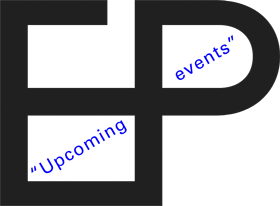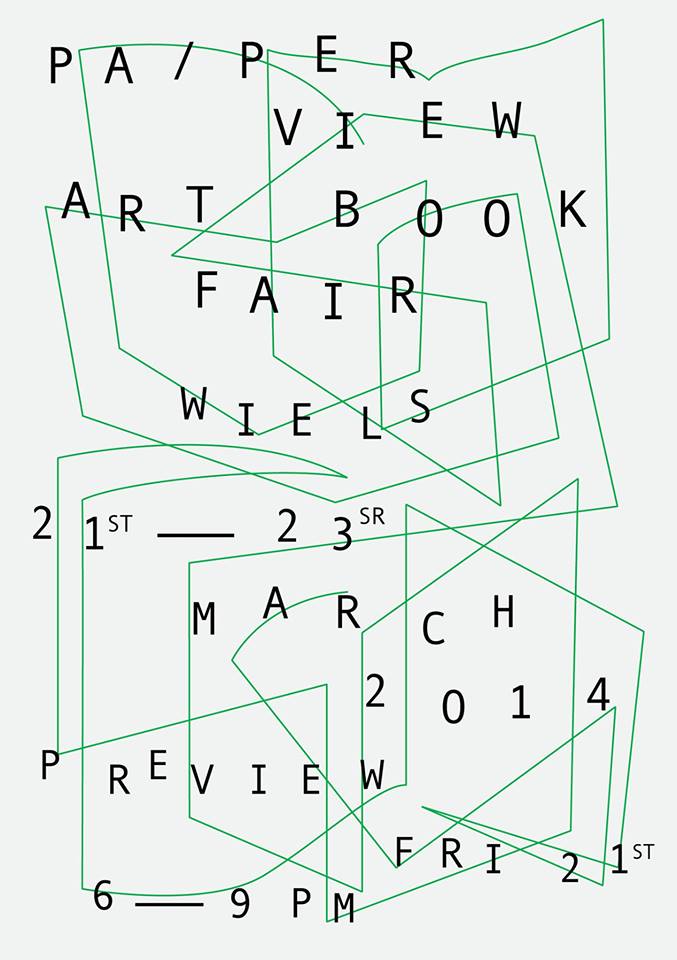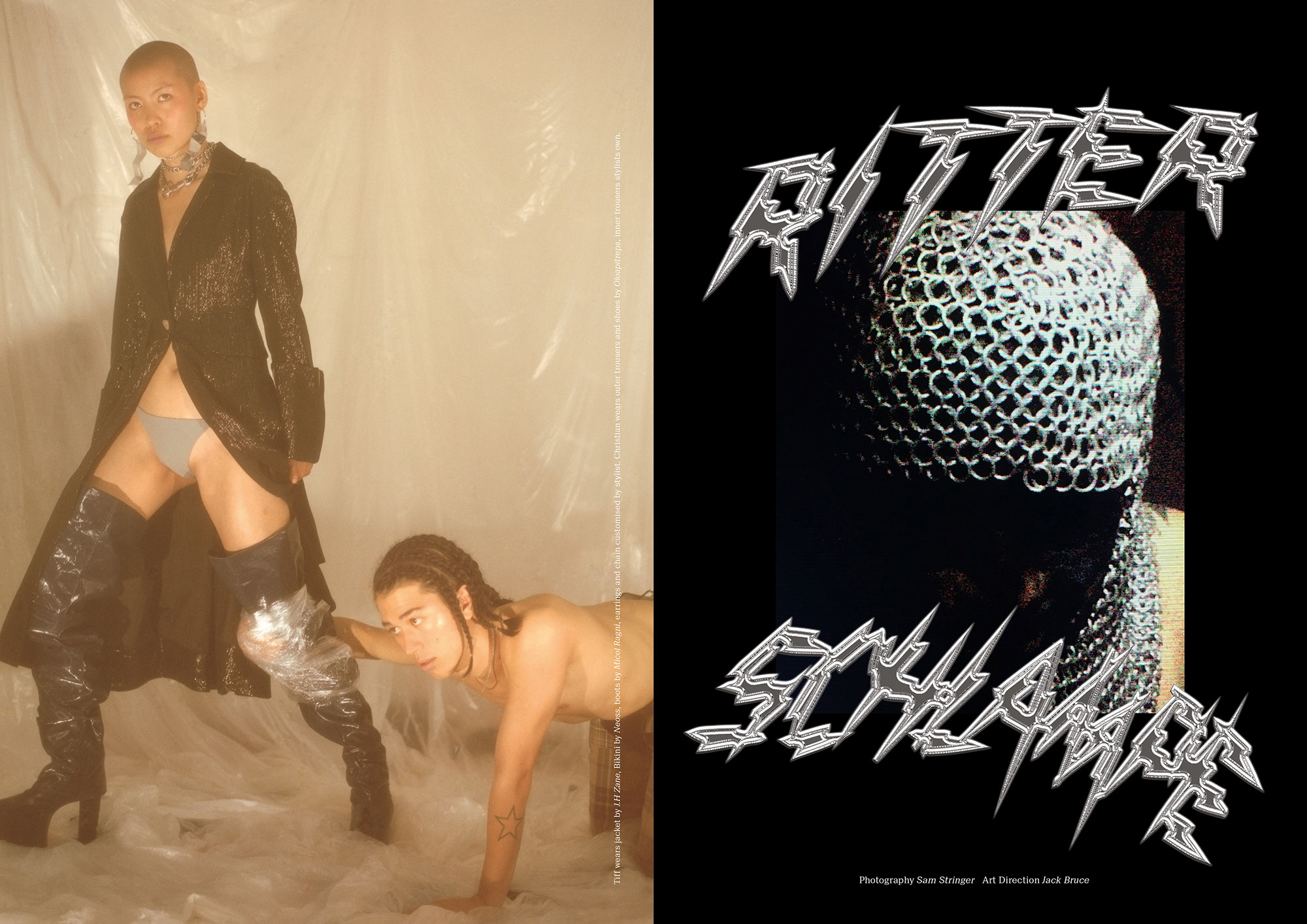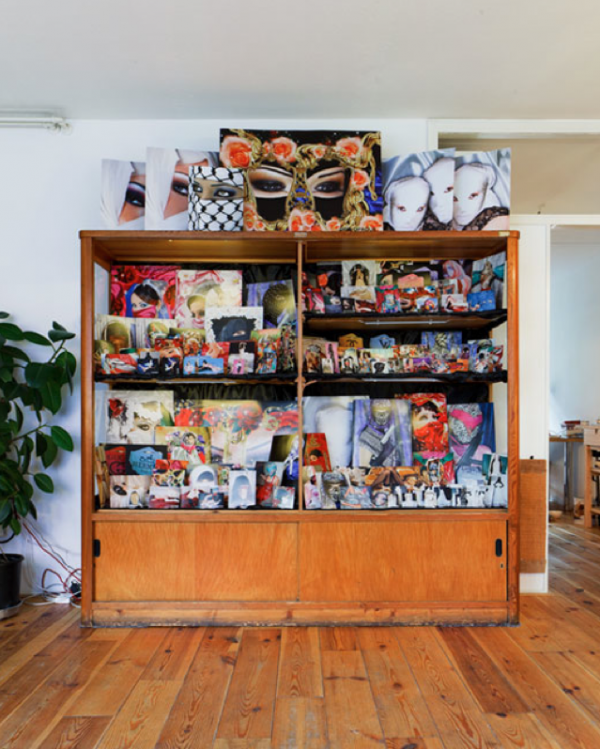Deviant Release Party
Belgian artists Yannick Val Gesto and Benny Van den Meulengracht-Vrancx (who we all know from some previous posts) are celebrating the release of ‘Deviant’, an artist publication and homage to the deviantArt community and dōjinshi artists around the world!
To celebrate the occasion Yannick and Benny are throwing a party! Entrance includes a free copy of the book and some live performances. For those in Antwerp this saturday, do drop by their Facebook event for the details
When scouring the internet and browsing through endless streams of images and virtual interpretations/mirrors of reality and social concepts, some more known then others, it’s easy to lose sight of your true identity. We constantly create different personas within these virtual worlds. Our alter ego’s exist next to each other and are connected through the sharing and migration of content via different social networks, which are constantly and preferably linked to each other. This kind of recreation of the self has more to do with the creation of some sort of ego, rather than creating a shared experience worldwide. It’s more about promotion of the deep egocentric self and building a fake self assurance, through online spamming and at some times mindless, endless scrolling possibilities.
However, some of these platforms for self recreation are not entirely about throwing your own life stories online for thousands to overlook, but combine the appeal of social networking with a database of user generated material, such as in the case of deviantArt.com, where registered users are given the power to show, share and comment on each others artworks. There are other, different and maybe more successful social websites evolving around art, but what sets deviantArt apart is that it is ruled by the amateur artist and, even more so, the fan artist. This website is filled with outcasts, deviants, rejects, who found themselves a place where they can come forward with their creations, undisturbed, and where they are able to create their own set of social rules. There’s numerous imageboards that share a similar amount of artistic freedom when it comes to creative output, however, deviantArts’ content is uncensored and massive in scale and variety. What’s worth noticing is the literal name of deviantArt, it calls itself ‘deviant art’, meaning rejected or aberrant art, and using ‘art’, already stating that all things posted on deviantArt, are in fact to be viewed as art. There are no qualifications or standards which you have to fulfill, it doesn’t matter if you went to art school or whether or not you’ve achieved anything related to the world of contemporary art, simply create an account and start uploading. You choose a name, profile picture and add some short information and background to your new artistic persona and what you’ll soon notice is your “gallery” (the icon seems to depict a miniature Mona Lisa painting), this is where your works will be displayed. Again straight forward naming, referring to the art context. Next to uploading your own works, there’s also the compulsory behavior of favoriting other people’s works (similar to the “like button” on Facebook). The deviantArt community is very thankful and whenever you engage in favoriting works, people will comment to your profile, thanking you for the “fave” or the “watch”, creating some sort of pressure for whenever people “favorite” your work, you have to return that favor. DeviantArt also adds the option of selling prints of your works, focusing more on 2 dimensional work, but even though this feature is available, it’s quite noticeable that the emphasis is never on the selling of the artworks.
As mentioned before the deviant community is ruled by the fan artists, creating fan art, which can be viewed as derivatives of original art, always referring to an original or already existing image, which as a concept can be viewed as a consensus in today’s visual, virtual society where all originality has faded and where the creators of images are forgotten. DeviantArt is perfect for those who see through, or ignore, the ideas of copyright and just take images to create new ones. This idea is the most visible in Japanese otaku culture, where dōjinshi create their own illustrations and manga, derived from, or based on an original manga or anime. It’s even so accepted that they have a separate convention for fan art only, called ‘Komiketto’ or ‘Comiket’, short for ‘Komikku Maketto’ or ‘Comic Market’, the largest in the world and held twice a year in Tokyo, Japan. As follows, a lot of Japanese dōjinshi, and dōjinshi worldwide, have established themselves on popular image boards and communities such as deviantArt.
The works of Yannick Val Gesto and Benny Van den Meulengracht-Vrancx touch on these subjects of originality, copyright and the found image. Immersing themselves into the virtual world of image boards and social media, they use these websites as a source of inspiration for their own work, copying certain techniques, stealing and hiding images, responding to the idea of a massive, endless, fleeting and intangible, database of visual content.
Like a lot of fan art, the pieces by Val Gesto are attempts at capturing the essence of entertainment-related intellectual properties, mainly of those that are heavy on the eye. His semi-abstract 3D renders we’re constructed through the usage of game-fonts, 2.5D painting, found imagery and multiple image-editing programs. The working process is based on intense visual research, speed, production and trial & error.
Van den Meulengracht-Vrancx masks himself as one of the dōjinshi artists and tries to fade away in the deviant world by creating a series of app-generated, uncanny selfies, which share similarities with the works of the amateur and fan artists, communicating with them and functioning inside their social and artistic image-based communities.Fueled by the ever growing amount of diverse web- and otaku-based outsider art, ‘Deviant’ identifies itself as an experimental artist publication and homage.












